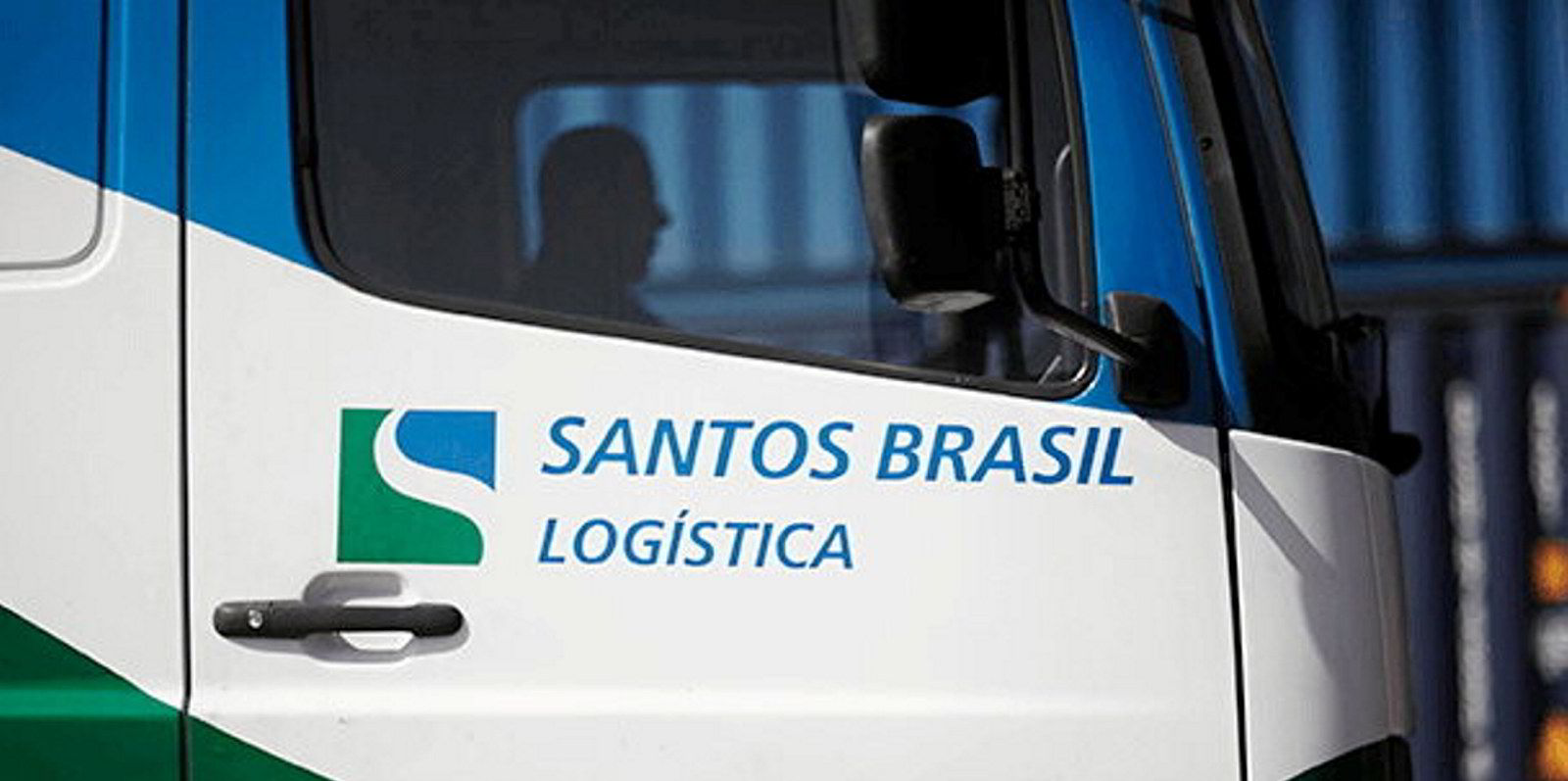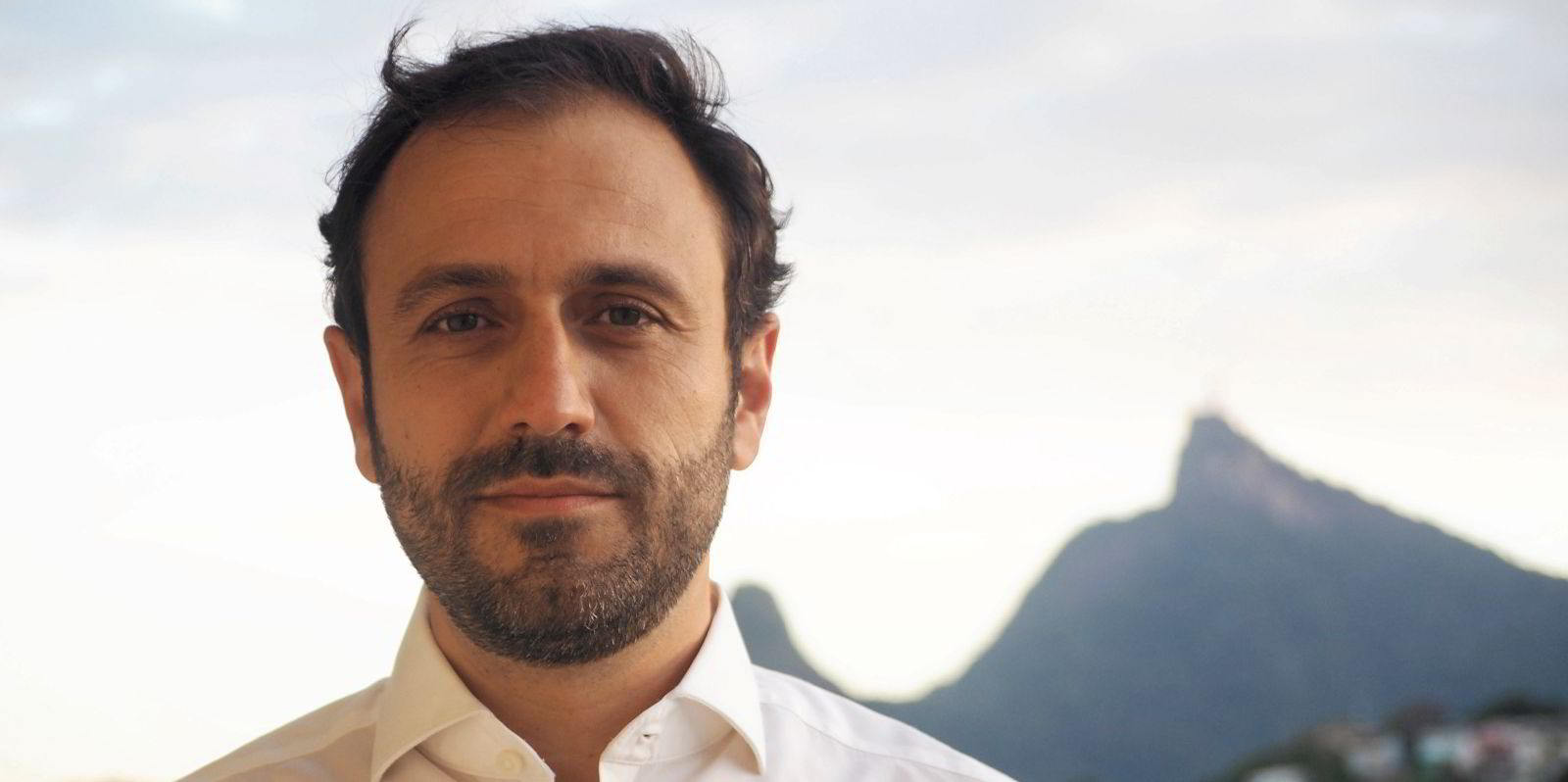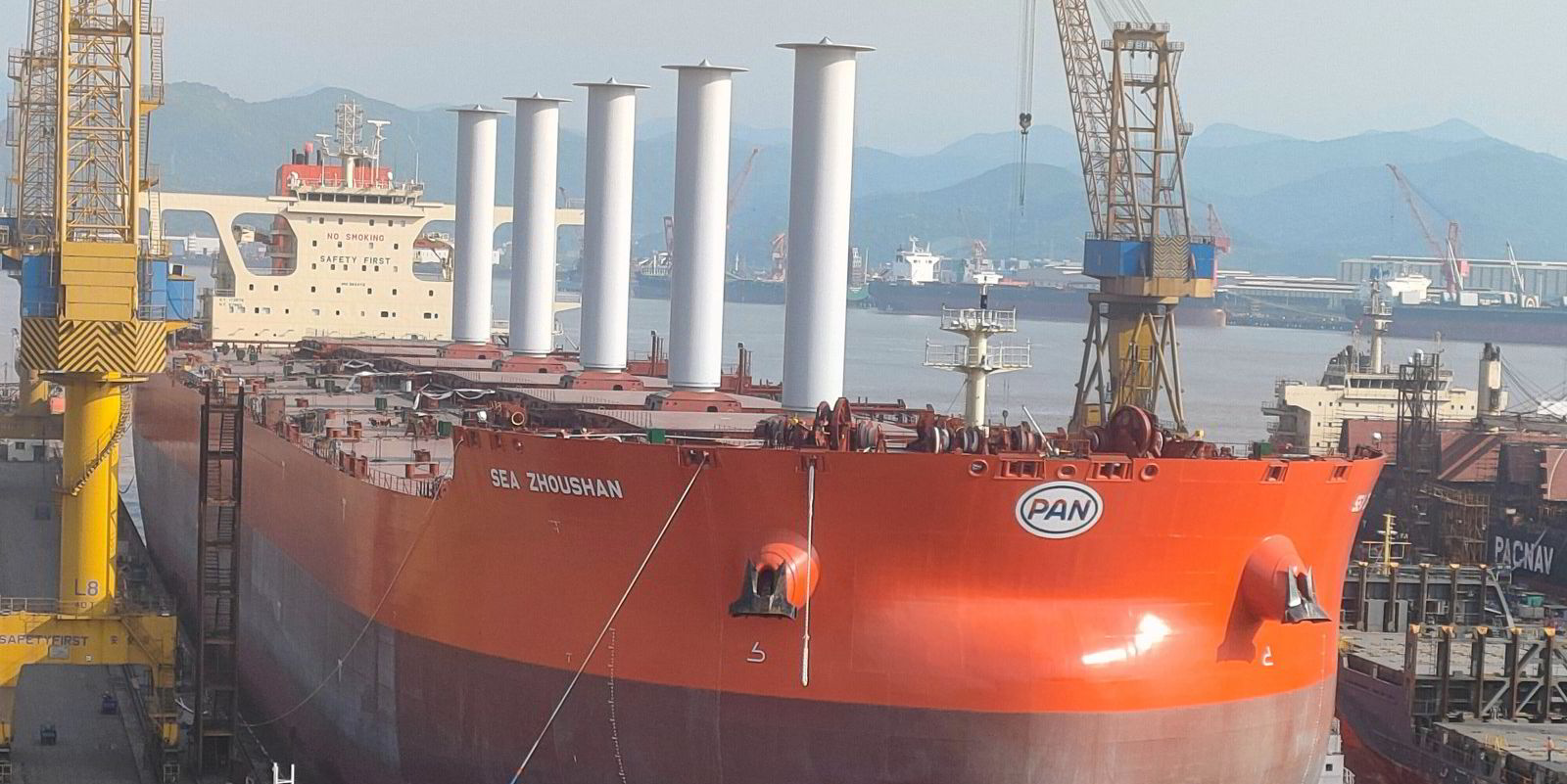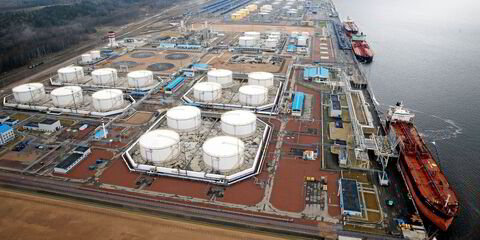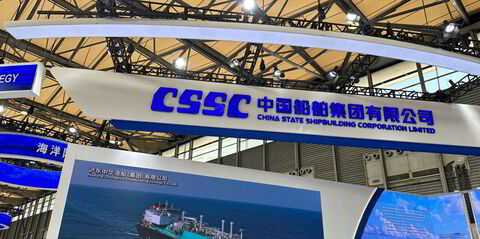After bringing in its first tanker cargo a month ago, Brazilian port company Santos Brasil is working toward a BRL 600m ($114m) expansion of its new liquid bulk business.
The Sao Paulo company has laid out plans to bring the capacity of three newly acquired terminals from 54,000 cubic metres to 201,000 cubic metres by 2026.
Chief financial officer Daniel Pedreira Dorea told a recent investor event that the tank terminals business is “very attractive” for the company.
“Our aim is to continue growing in this industry,” he said at the recent Port & Maritime Equities Day Brazil, according to a translation. “We know that the liquid bulk segment can contribute significantly to the company’s results and within five years.”
Santos Brasil is best known for its container and general cargo terminal businesses. The 25-year-old company’s assets include three major container terminals in Brazil, in addition to the country’s largest vehicles terminal. It also has a growing logistics business.
But in 2021, the company won 20-year leases for three tank terminals at the port of Iataqui, a city in Rio Grande de Sul state. Near the border with Argentina, the port is on the edge of Brazil’s grain heartland, but it is also a hub for inland petroleum products distribution to feed the needs of the region’s agricultural sector.
Two of its new assets, TGL 1 and TGL 3, were brownfield sites with existing tank terminal infrastructure. The third, TGL 2, is an undeveloped greenfield site.
One of those terminals, called TGL 3, received its first cargoes of gasoline and diesel fuel on a tanker in late November, marking Santos Brasil’s entry into the liquid bulk business.
TGL 3 has 20,000 cubic metres of capacity in seven tanks, capable of storing diesel, gasoline, ethanol and biodiesel, with connection to rail, road and pipelines in addition to its marine infrastructure.
At the time of the terminal’s start of operations, liquid bulk director Carlos Quintero said the new line of business has become one of Santos Brasil’s growth areas, alongside containers and logistics.
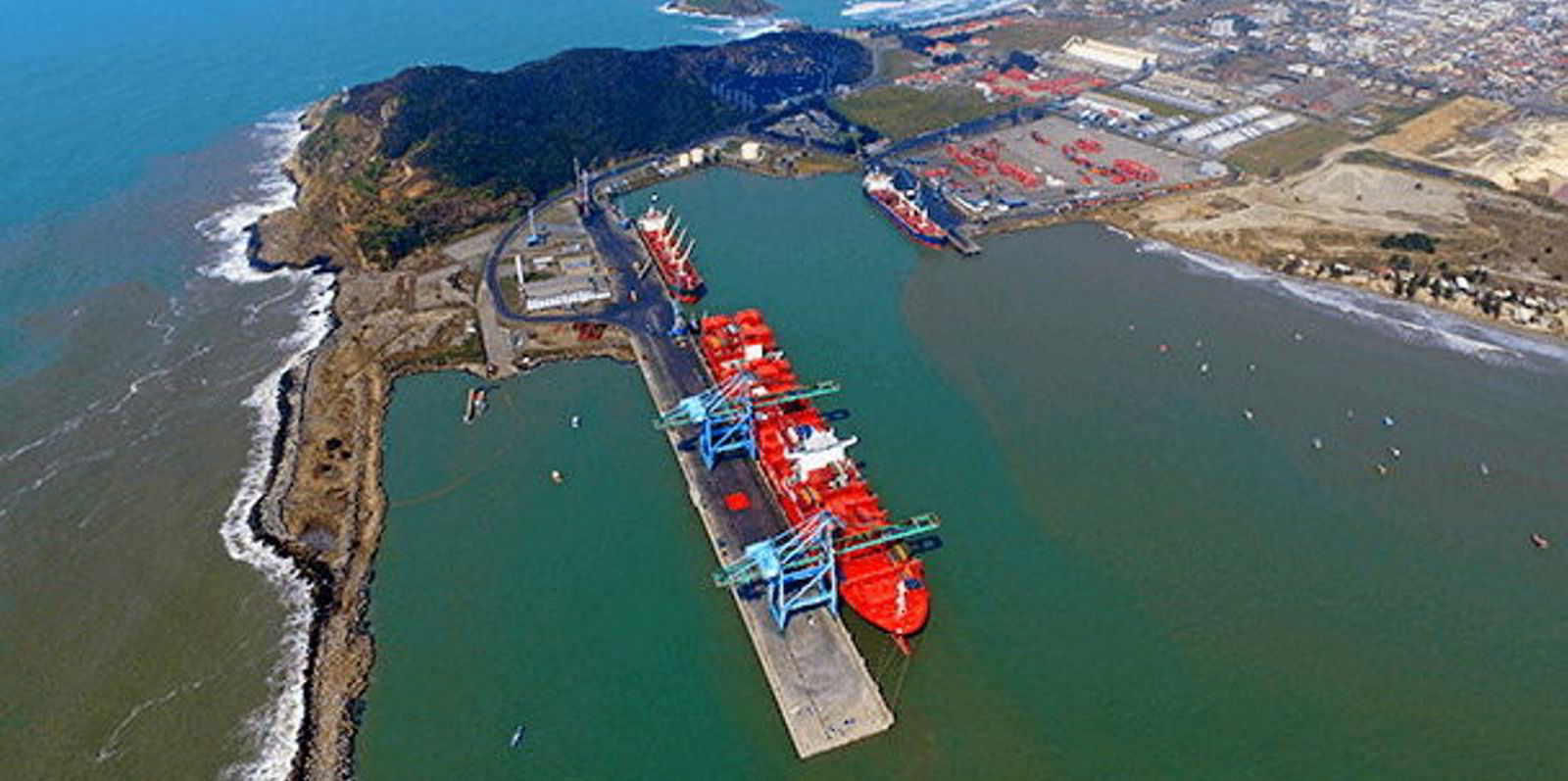
He said in a statement that the company hopes to capture growing demand for clients and increasing operations of its new terminal assets progressively.
That gradual growth plan includes expanding TGL 1 and TGL 3, once the company receives construction permits from Brazil’s federal government.
Santos Brasil plans to build new tanks at the sites, as well as modernise its loading systems, upgrade automation and expand road and rail access.
And the company wants to start up operations of a new terminal at greenfield TGL 1 by 2026, including construction of 85,000 cubic metres of new tank capacity.
Dorea couched the infrastructure spend as part of using its deleveraged balance sheet to pursue an active investment agenda designed to have the capacity to meet rising demand.
“Our business is anticipating the demand curve and having capacities in place to meet it,” he said.
